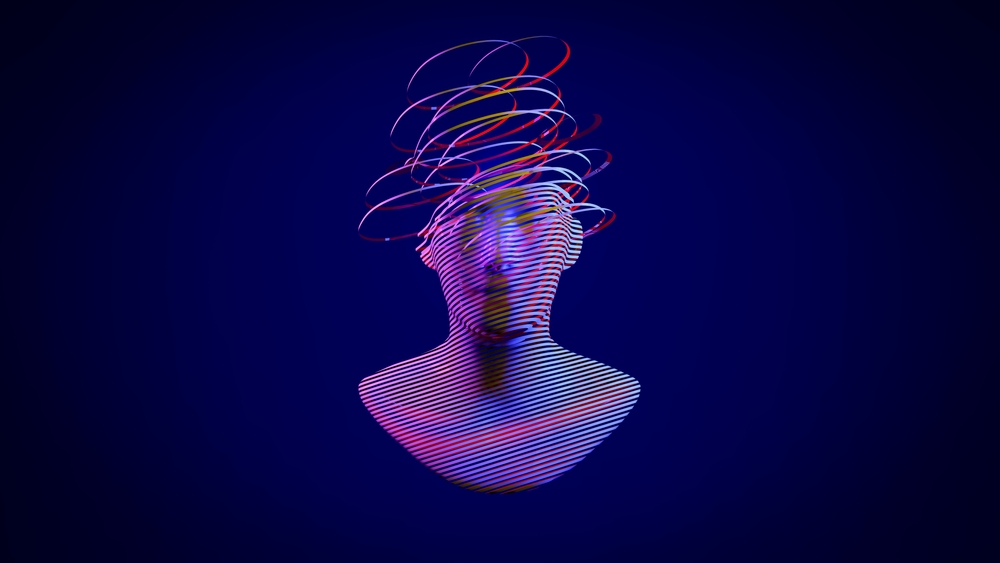The journal Nature recently featured two articles shedding light on revolutionary methods to translate the thoughts of individuals with brain lesions into coherent speech and emotions. By harnessing the power of machine learning algorithms, researchers have achieved remarkable progress, significantly enhancing communication capabilities.
Enhanced Conversion Rates: From Brain Activity to Speech
Researchers successfully increased the conversion rate from 18 words per minute (wpm) to an impressive 78 wpm. Although this remains below the average conversational rate of 160 wpm, the achievement marks a substantial leap from previous limitations.

Bridging Communication Gaps for Speech Impaired Individuals
Individuals affected by neurodegenerative diseases, strokes, or injuries often lose their ability to communicate effectively. However, emerging technologies offer a solution by establishing a connection between healthy brain regions responsible for speech and facial muscle control. In cases where illness or injury disrupts the natural communication channel between muscles and the brain, innovative human-computer interfaces and learning algorithms step in.
The Intricate Process: From Sensors to Restored Speech
A pivotal aspect of this advancement involves embedding sensors with electrodes directly into the patient’s brain. These electrodes are strategically placed within the brain’s speech-related activity areas, although the exact regions remain a subject of ongoing study. In a compelling instance, researchers placed 253 electrodes on both the speech area of the sensorimotor cortex and the superior temporal gyrus of a stroke-affected woman who had lost her ability to speak.
The artificial intelligence system underwent several weeks of training using the patient’s pronunciation of 1024 words from a specialized dictionary. To streamline the algorithm’s work, the words were broken down into phonemes, resulting in a set of 39 phonemes. This repertoire was then expanded to a staggering 125 thousand words for the patient. The algorithm showcased the capacity to recognize the patient’s mental pronunciation, albeit with a 25% error margin, achieving speeds of up to 78 words per minute.
Additionally, the algorithm was trained to decipher the patient’s emotions, encompassing grief, joy, and surprise. Utilizing archival footage, scientists fashioned a computer-generated representation of the patient—an avatar—capable of converting text messages into vocalized messages. This breakthrough effectively restored the patient’s lost ability to communicate.
Toward a Wireless Future: Expanding Social Inclusion
While current recovery procedures involve intensive AI training and continuous computer connectivity, pioneering researchers from the University of California, San Francisco (UCSF), and the University of California, Berkeley, are actively developing wireless iterations of the translation technology, adds NIX Solutions. This endeavor holds the promise of enhancing the social inclusion of individuals grappling with similar medical challenges, providing renewed hope for improved quality of life.
